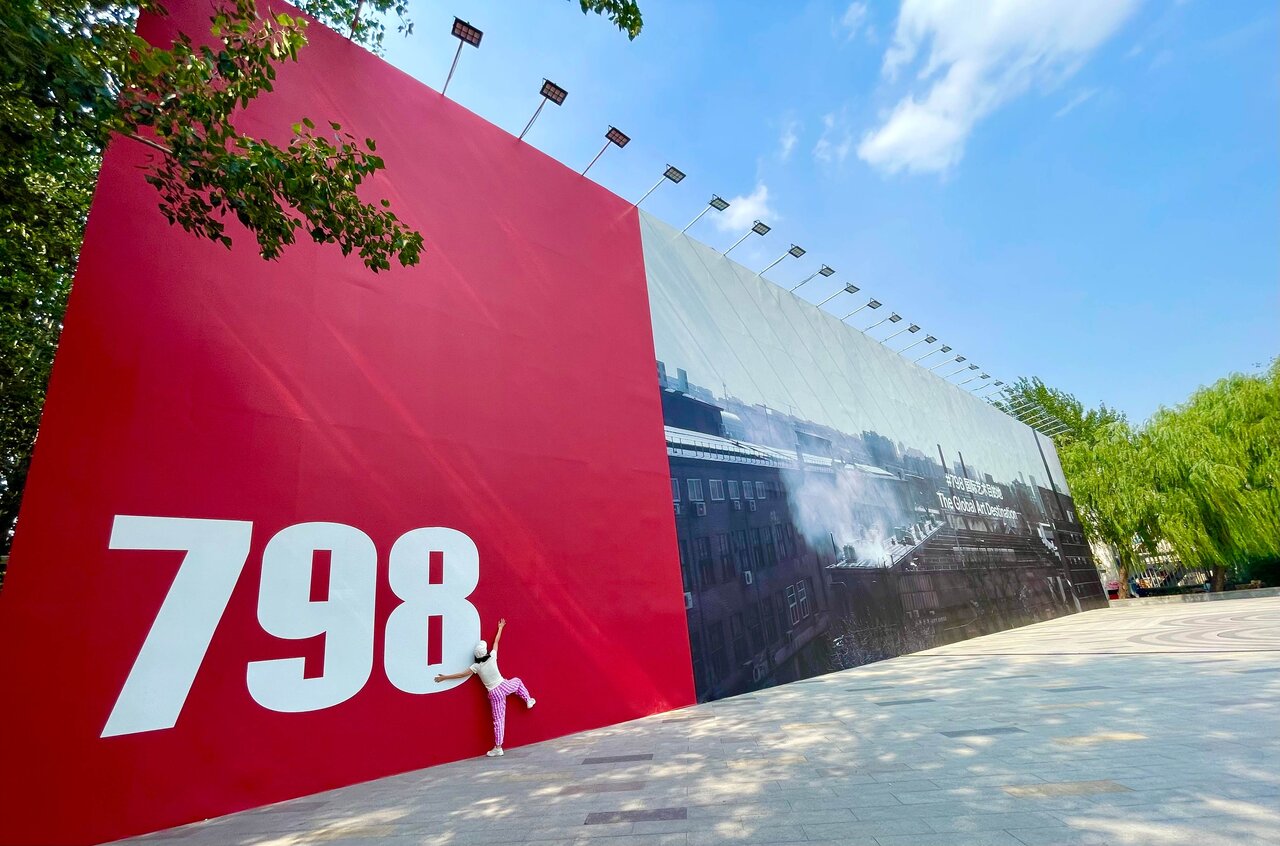Beijing amazingly transforms old factories into tourism, sport, cultural hubs

BEIJING- When I visited China Content Broadcasting Network (CCBN) 2024 Exhibition, I was really impressed by the idea that the venue was the site of a former steel mill, and some parts of the mill were so well preserved that to me it was like a museum.
CCBN 2024, an international exhibition was held at Beijing Shougang Convention and Exhibition Center at Shougang Park.
Built on the site of a former steel mill, the park’s history leads us back to the Olympic Games 2008, which were a catalyst for its transformation into the vibrant community it is today.
Established in 1919, in its peak years the site produced as much as 10 million tons of iron and steel. But nearly 90 years later, ahead of Beijing 2008, the city developed an ambitious plan to fight air pollution. As a result, production was gradually halted, leaving room for the industrial site to be transformed into a bustling hub fit for tourism, sport and cultural events.
Any building deemed structurally safe was kept as intact as possible. Smokestacks, blast furnaces and other factory and warehouse remains are now surrounded by expansive greenery, sports facilities, commercial buildings and modern offices, including the headquarters of the Beijing 2022 Organizing Committee.
I also visited another amazing place in Beijing, which was built in the site of an old factory.
It was the iconic 798 Art Zone or Dashanzi Art District, which is a complex of 50-year-old decommissioned military factory buildings boasting a unique architectural style that houses a thriving artistic community in Dashanzi, Chaoyang District, Beijing.
This bustling area is a hub for contemporary Chinese art with a wide array of different styles. This old factory compound has been perfectly converted to house numerous galleries and bookshops and cafes.
The area is often called the 798 Art District or Factory 798 although technically, Factory #798 is only one of several structures inside the complex formerly known as 718 Joint Factory.
The area is anchored by the UCCA Center for Contemporary Art, the largest and most visited venue in the area. In recent years, it has been the main venue for the annual Beijing Queer Film Festival and Beijing Design Week.
Joint Factory 718 began production in 1957, amid a grandiose opening ceremony and display of Communist brotherhood between China and East Germany, attended by high officials of both countries.
The factory quickly established a reputation for itself as one of the best in China. Through its several danwei or "work units", it offered considerable social benefits to its 10,000-20,000 workers, especially considering the relative poverty of the country during such periods as the Great Leap Forward.
After 10 years of operation, Joint Factory 718 was split into more manageable components, such as sub-Factories 706, 707, 751, 761, 797 and 798.
However, the factory came under pressure during Deng Xiaoping's reforms of the 1980s. Deprived of governmental support like many state-owned enterprises, it underwent a gradual decline and was eventually rendered obsolete. By the late 1980s and early 1990s, most sub-factories had ceased production, 60 percent of the workers had been laid off.
The Dashanzi factory complex was vacated at around the time when most of Beijing's contemporary artist community was looking for a new home. Avant-garde art was frowned upon by the government and the community had traditionally existed on the fringes of the city.
Then in 1995, Beijing's Central Academy of Fine Arts (CAFA), looking for storage and workshop space, set up in the now defunct Factory 706. The temporary move became permanent and in 2000 Sui Jianguo, Dean of the Department of Sculpture, located his own studio in the area. The cluttered sculpture workshops have always remained open for visitors to peek at the dozens of workers milling about.
By 2003, an artistic community of over 30 artists, designers, and publishers had developed.
One of the first exhibition spaces, Beijing Tokyo Art Projects, was opened by Tabata Yukihito of Japan's Tokyo Gallery. Inside a 400-m2 division of Factory 798's main area, this was the first renovated space featuring the high arched ceilings that would become synonymous with the Art District. BTAP's 2002 opening exhibition "Beijing Afloat" (curator: Feng Boyi), drew a crowd of over 1,000 people and marked the beginning of the popular infatuation with the area.
Several exhibitions of note took place in 2003, and since then the “798 Art Zone” has been a landmark and a gathering place in Beijing for those who love art and culture.
Since 2001, artists from around and outside Beijing have been gathering in Factory 798. Their unique artistic vision has found the advantages of this place for artistic work.
They rent and make full use of the factory buildings. With a little furnishing and decoration, they successfully turn these decommissioned factories into a special space for art exhibition and creation.
798 Art District is now home to nearly 200 galleries, exhibitions, art centers, and independent artists. You can find many creatively designed architectures, stylish boutiques, cafes and restaurants here.
A bunch of once-abandoned factories has now become synonymous with art and originality. 798 Art District is one of the most avant-garde places in Beijing. No matter you are an art enthusiast or not, 798 Art District will show you a different Beijing.
Photo: 798 Art Zone in Beijing (By Mahnaz Abdi)
Leave a Comment